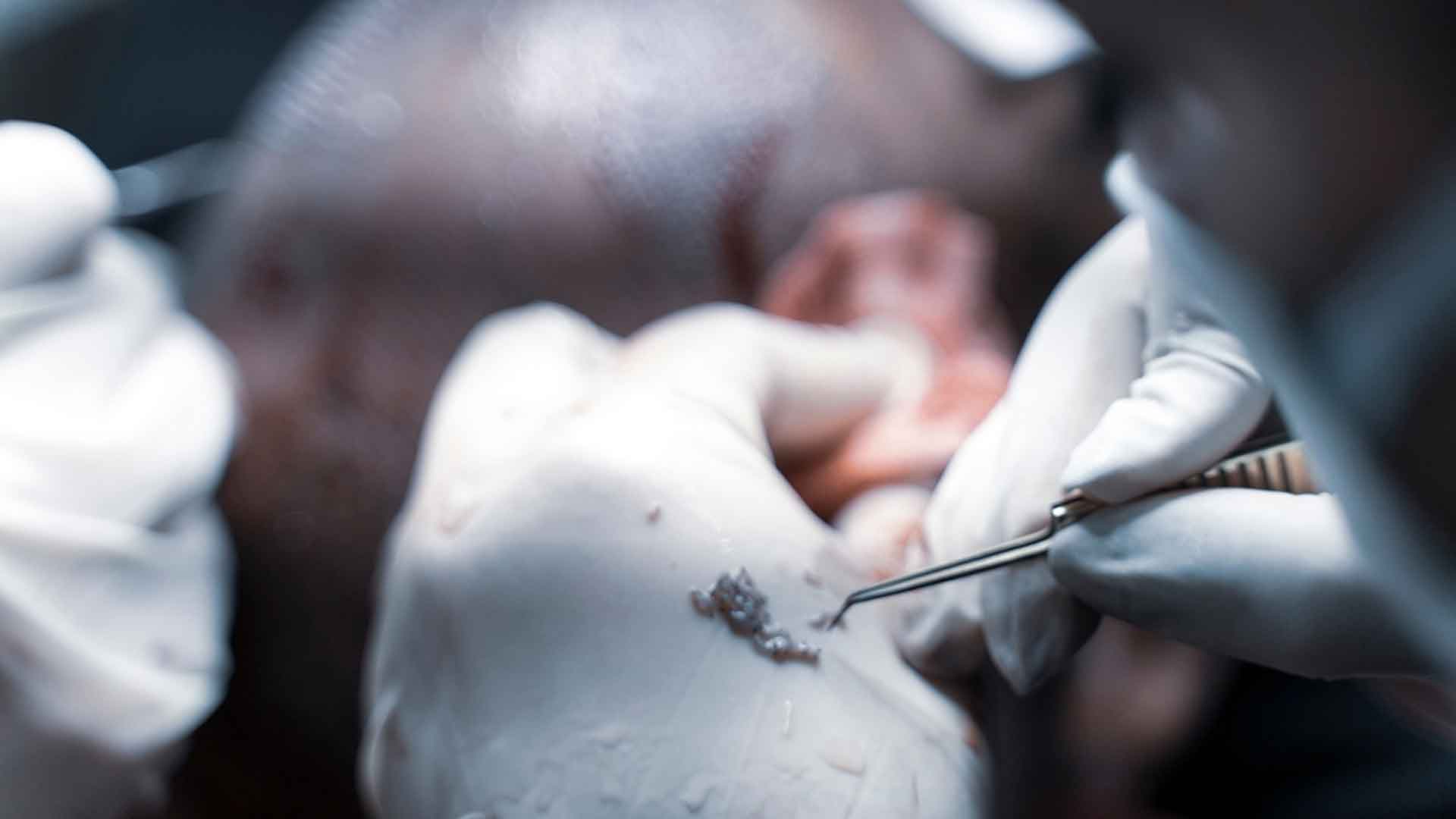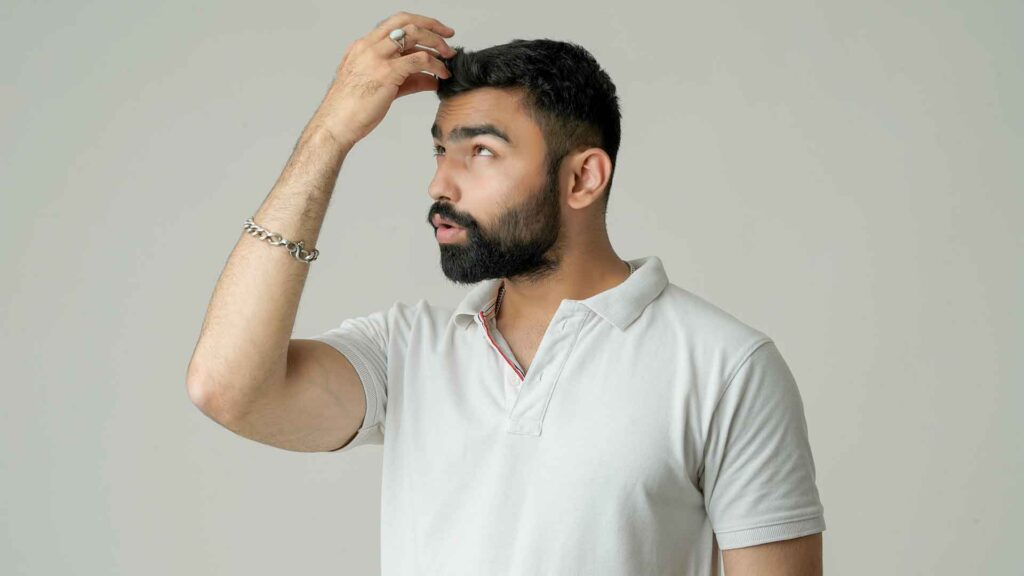Our entire scalp contains 1 lac 20 thousand to 1 lac 40 thousand hair strands during our young age without any hair-loss scenario. On the top of the scalp, we generally have 30 to 40 thousand hair strands, averaging 12 to 15 thousand grafts. A graft is a small piece of hair-bearing tissue containing 1-4 hair follicles. It’s the skin around the hair follicles that provides each piece of hair with the nourishment it needs. Hair follicles situated at the back of the scalp are used during hair transplant procedures and are termed the donor area and implanted in the recipient zone, or balding areas. The exact number of grafts required for a hair transplant varies from one individual to another. The recommendation may vary, and for hairline re-construction around 2500 follicles are averagely required, followed by 4500 to 5000 follicles for the part of the forelock zone, which is in the middle of the scalp, and the crown area, which requires another 3500 to 4000 follicles in stage 4-5 cases. To complete a full cranial zone hair transplant in grade 4-5 cases, around 8-9 thousand grafts, or 18–20 thousand follicles, are required in 3-4 sessions, and each day 2-3 thousand grafts can be performed. The number of grafts required also depends on the thickness of the hair and the size of the scalp. The density required for the particular area and the direction of the growth are several factors involved in deciding the number of grafts required for the hair transplant. Zone 1 is the hairline and averagely requires 2500 to 3000 follicles, Zone 2 mid-scalp generally requires 4500 to 6000 follicles, and Zone 3 crown generally requires 3000 to 4000 follicles. The number of follicles mentioned is subject to the availability of the grafts, the area, etc. Overall, d, etc., the hair transplant surgeon should see the scalp and the donor zone to do the exact assessment.



